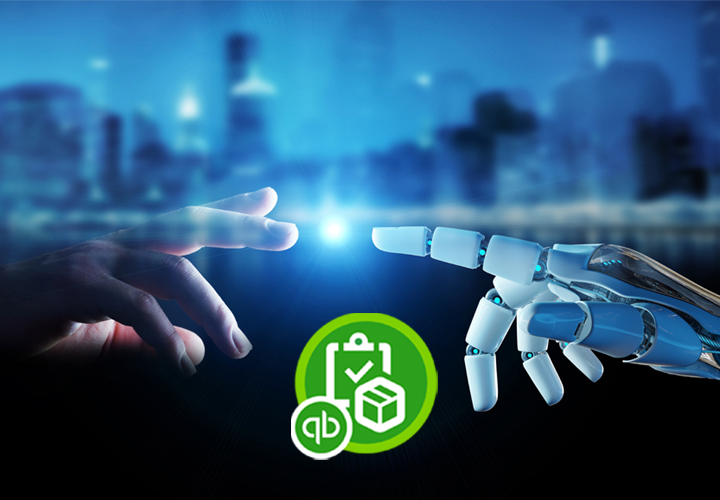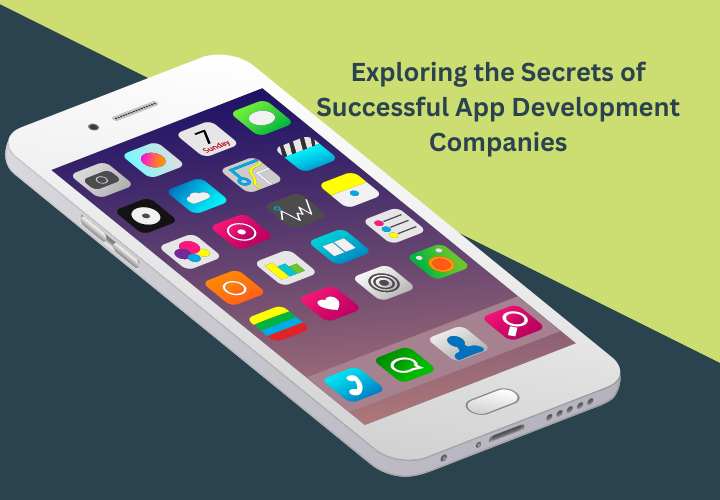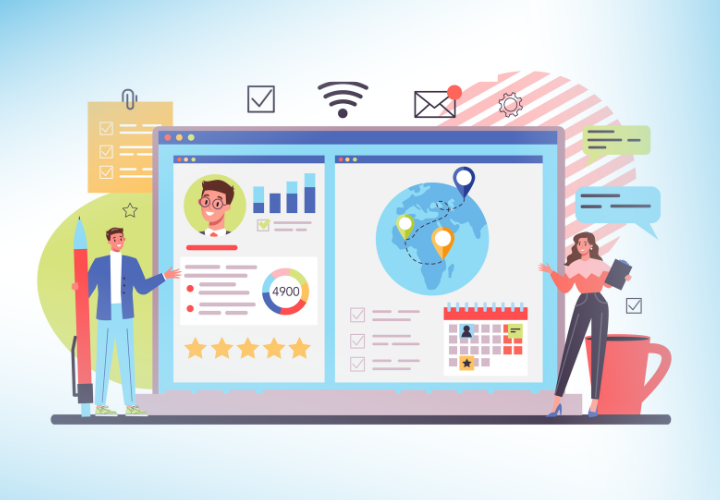Software development is a constantly evolving field, and developers are always seeking ways to enhance their productivity and efficiency. One such innovation that has taken the industry by storm is ChatGPT. This advanced language model has revolutionized the way developers approach their work. In this blog post, we will explore five amazing use cases of ChatGPT in software development, highlighting how it streamlines processes, improves code quality, and enhances user experiences.
Code Assistance: Empowering Developers

One of the most remarkable features of ChatGPT is its ability to provide real-time code assistance. Developers can harness the power of ChatGPT to receive intelligent code suggestions, autocompletion, and error detection. The model’s understanding of programming languages allows it to analyze code snippets and offer relevant recommendations, significantly speeding up the development process. With ChatGPT as a coding companion, developers can avoid common mistakes, write cleaner code, and focus on the core aspects of their projects.
Documentation Generation: Saving Time, Improving Clarity
Documenting software is crucial for future maintenance and collaboration. ChatGPT can generate accurate and coherent documentation based on code comments, function descriptions, and user interactions. By feeding ChatGPT with relevant information, developers can obtain well-structured documentation that is easy to understand. This feature not only saves time but also ensures comprehensive and up-to-date documentation, reducing the learning curve for new team members and facilitating efficient project handovers.
Bug Identification: Pinpointing the Culprit
Finding and fixing bugs can be a daunting task. ChatGPT can analyze error logs, stack traces, and user feedback to help developers identify the root causes of issues. By leveraging its language processing capabilities, ChatGPT can provide insights, suggest potential solutions, or direct developers to relevant resources. This assistance expedites the debugging process and improves the overall software quality, resulting in more stable and reliable applications.
Natural Language Interfaces: Enhancing User Experience
ChatGPT enables the creation of natural language interfaces for software applications, allowing users to interact with programs using conversational language. This humanizes the user experience and eliminates the need for users to have deep technical knowledge. By incorporating ChatGPT, developers can build intuitive interfaces that understand and respond to natural language queries, ultimately making their applications more accessible to a broader range of users.
Automated Testing: Streamlining Quality Assurance
Testing is a critical aspect of software development, but it can be time-consuming and repetitive. ChatGPT can play a significant role in automated testing processes. By generating test cases, simulating user interactions, and performing regression testing, ChatGPT assists in automating repetitive testing tasks. This not only saves time and effort but also improves the overall quality of the software by ensuring thorough and consistent testing.
Conclusion
ChatGPT has emerged as a powerful tool for software developers, providing assistance throughout the development lifecycle. From code assistance to documentation generation, bug identification, natural language interfaces, and automated testing, ChatGPT offers a wide range of capabilities that enhance productivity, code quality, and user experiences. As the software development landscape continues to evolve, incorporating tools like ChatGPT can lead to more efficient workflows, reduced web development service time, and improved software quality. Embracing the power of ChatGPT allows developers to focus on innovation and creativity while letting the model handle repetitive and time-consuming tasks. The possibilities are endless, and the impact on software development is profound.
Related Posts

Automating Experience with Quickbook EDI
Solving queries via manuals is a thing of the past because now there are more reliable, affordable and flexible EDI…

Behind the Scenes – Exploring the Secrets of Successful App Development Companies
In today's digital age, where smartphones have become an indispensable part of our lives, the demand for innovative mobile applications…

Revealing IT Outsourcing Trends That Will Rule In 2023
Revealing IT Outsourcing Trends That Will Rule In 2023 Since the business world and technology are constantly evolving, one method…
